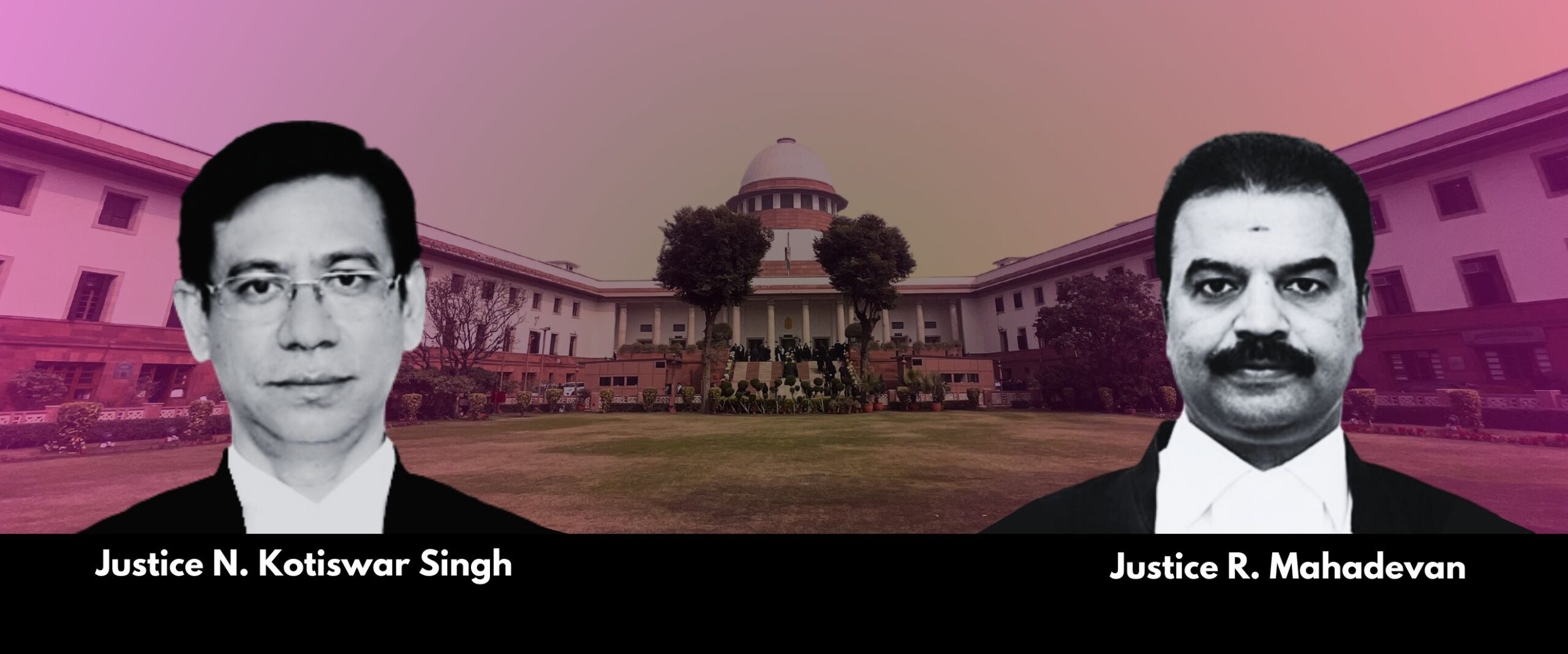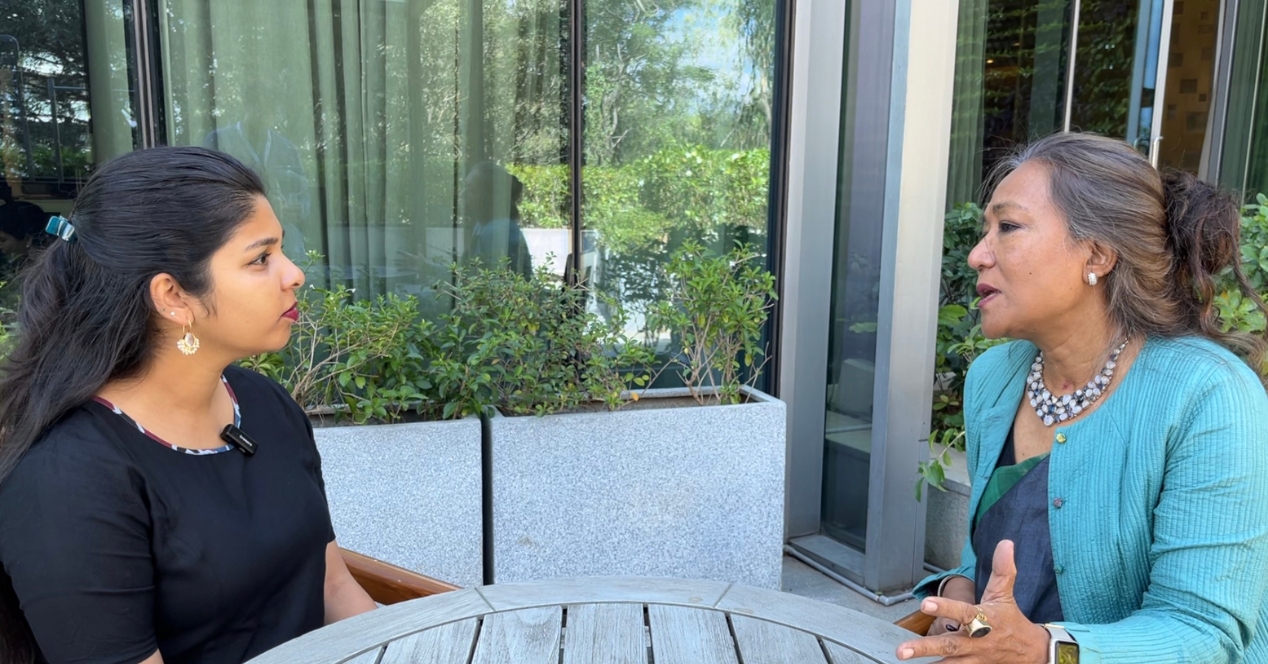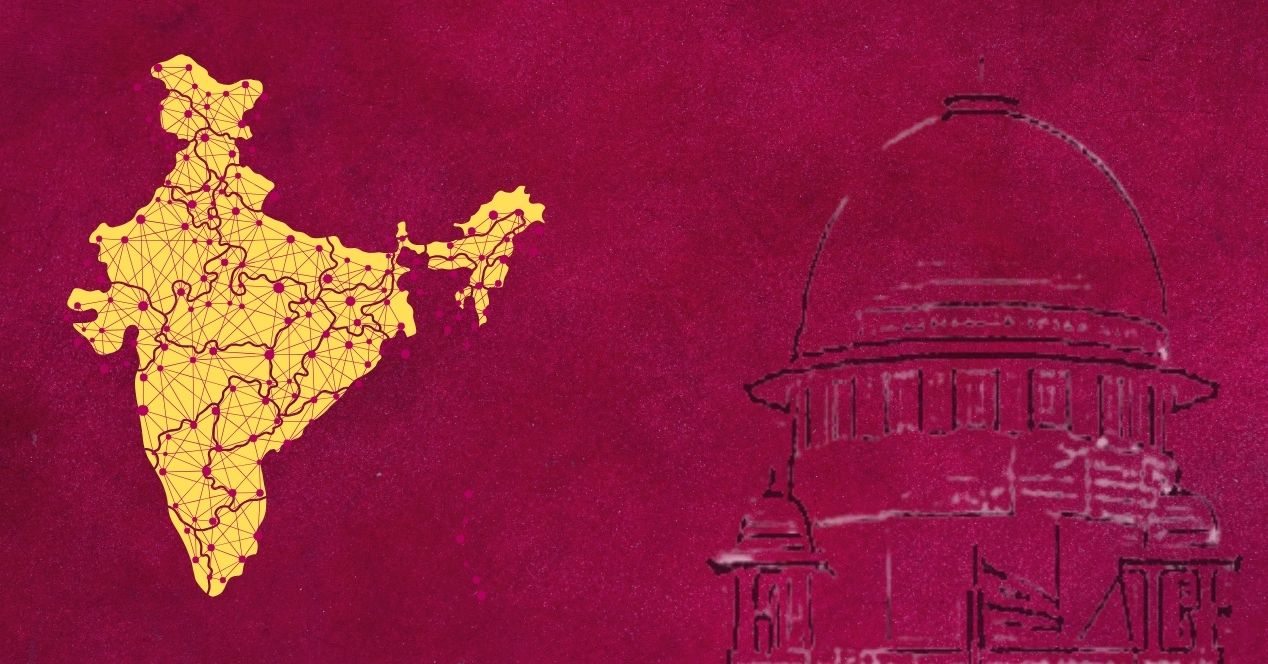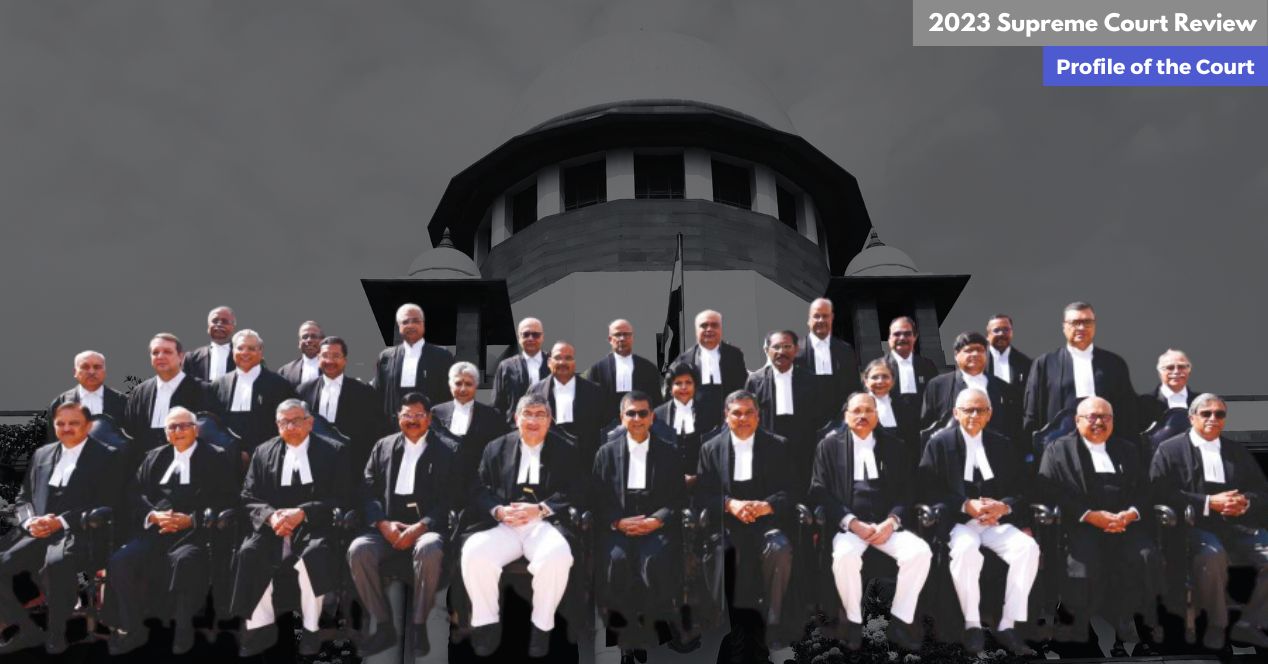Analysis
Union government appoints two new judges to the Supreme Court, restores full sanctioned strength
Justices Kotiswar Singh and R. Mahadevan’s appointments are intended to improve representation of North-East India and backward communities

Today, the Ministry of Law and Justice notified the appointments of Justices Kotiswar Singh and R. Mahadevan as judges to the Supreme Court. The Supreme Court Collegium had recommended their names on 11 July 2024.
The top court has a sanctioned strength of 34 judges. Justices Aniruddha Bose and A.S. Bopanna had retired before the Court broke for its seven-week summer vacation in May this year, bringing the sitting strength of the Court to 32 judges. These new appointments bring the Court to its full quorum.
Last year, Chief Justice D.Y. Chandrachud stated that the Collegium had “well defined parameters” while making recommendations. Recent resolutions (which are publicly available documents) suggest that a set of five parameters are considered by the Collegium. The resolution for Justices Singh and Mahadevan’s elevation also lays out the same five parameters, which are:
- The seniority of the judges;
- Merit as demonstrated by the judgments and performance of the judges;
- Integrity;
- The need to ensure diversity at the Supreme Court in terms of region, gender and community; and
- The need for inclusion of marginalised and backward segments of the community
Justice Kotiswar Singh: The first Supreme Court judge from Manipur
There has been scanty representation of judges from the North-East region at the Supreme Court. Currently, the Supreme Court has just two judges from the seven northeastern states of India—Justices Hrishikesh Roy and Ujjal Bhuyan, both from Gauhati High Court. In its recommendation, the Collegium highlighted that Justice Singh’s elevation will “provide representation to the North-East, and in particular he will be the first Judge from Manipur to be appointed as a Judge of the Supreme Court.” Notably, Justice Singh’s parent High Court is Gauhati, as the Manipur High Court was established in 2013.
Justice Singh was born on 1 March 1963 in Imphal, Manipur. His father, the Late N. Ibotombi Singh was a former judge of the Gauhati High Court and the first Advocate General of the state of Manipur. Justice Singh will likely serve a tenure of a little more than three-and-a-half years before retiring on 29 February 2028.
Justice Singh was appointed to the Gauhati High Court in 2011. When the Manipur High Court was established in 2013, he was transferred from Gauhati, and was among the first judges of the Manipur High Court. He was appointed as the Acting Chief Justice of the Manipur High Court in 2017 and 2018.
Before his elevation to the Supreme Court, Justice Kotiswar Singh was the Chief Justice of the Jammu and Kashmir High Court. He assumed this position on 15 February 2023. The Collegium noted that Singh has had an “impeccable record” in a judicial and administrative capacity as Chief Justice in J&K.
Justice R. Mahadevan: Representation of a backward community over seniority
The Collegium typically follows the order of seniority in recommending judges. As it happens, the judges in contention are Chief Justices of High Courts and the senior-most judges of a High Court. If this pecking order were to be considered in the context of judges whose parent High Court is Madras (accounting for the regional diversity factor), Justice Mahadevan would be third in this list.
However, the Collegium has made an exception with Justice Mahadevan. It gave “precedence” to his candidature “in order to give representation to the backward community.” The Collegium noted that his appointment “will bring diversity to the Bench.”
Justice Mahadevan was born on 10 June 1963 at Chennai, Tamil Nadu. He is scheduled to retire on 9 June 2028. Therefore, his tenure will run for almost four years.
As an advocate, he worked as a Government Pleader for the state of Tamil Nadu and as standing counsel for the Union government, handling tax cases and central government cases in the Madras High Court. He was appointed as a judge of the Madras High Court in 2013.
Before his elevation, Justice Mahadevan was the Acting Chief Justice of the Madras High Court from 24 May 2024.
Collegium considerations
While the factors that the Collegium must consider for appointing judges are not codified or mandated, we know from several published recommendations that diversity is an important parameter. In practice, the Collegium has considered the representation of different regions, gender and minority communities. In its past few recommendations, the Collegium has focussed on the representation of members of the Scheduled Caste category and religious minorities. To take recent instances based on publicly available Collegium resolutions: in appointing Justice P.B. Varale, Collegium looked into his seniority among judges from the Scheduled Caste community; in recommending Justice A.G. Masih, the Court noted that he hailed from a minority community.
The composition of the Supreme Court suggests that regional diversity has also been an important factor in its recommendations. With Justice Sandeep Mehta, the Court considered that there were no judges at the top court from the Rajasthan High Court.
Recommendations based on gender diversity seem to be scarce in recent years. Currently, only three out of 34 judges of the Supreme Court are women—Justices B.V. Nagarathna, Hima Kohli and Bela Trivedi. All of them were appointed in 2021 by the Chief Justice N.V. Ramana-led Collegium. With Justice Kohli’s retirement on 1 September 2024, only two women judges will remain at the Supreme Court.
In an interview with the Supreme Court Observer, Justice S.K. Kaul, who served as a member of the Collegium, had explained that gender diversity in the top Court was impacted by the lack of eligible candidates within an “age profile” in the cohort of judges at the High Courts.
In terms of regional diversity, seven High Courts are not represented at the top Court— Jharkhand, Odisha, Manipur, Tripura, Meghalaya, Sikkim and the Union Territories of J&K and Ladakh. Typically, this representation is achieved by appointing judges from various parent High Courts, which is the High Court in which they began their career as a judge. Though Justice Singh’s parent High Court is Gauhati, the Collegium seems to have considered his role as one of the first judges of the Manipur High Court.
It must be noted that regional representation takes into account not just the number of High Courts, but also the sanctioned strength of judges within those Courts. For instance, the Allahabad High Court has a sanctioned strength of 160 judges, whereas the Sikkim High Court has a sanctioned strength of three judges. Regional representation in the Supreme Court will likely be proportional to these figures.
Two more retirements are expected before the calendar year ends. Two months after Justice Hima Kohli retires, Chief Justice D.Y. Chandrachud will complete his career of over eight years as a Supreme Court judge. The CJI Chandrachud-led Collegium is likely to fill Justice Kohli’s seat within the month of her retirement, before the Collegium is reconstituted due to Justice Sanjiv Khanna scheduled to take over as the new Chief Justice.




